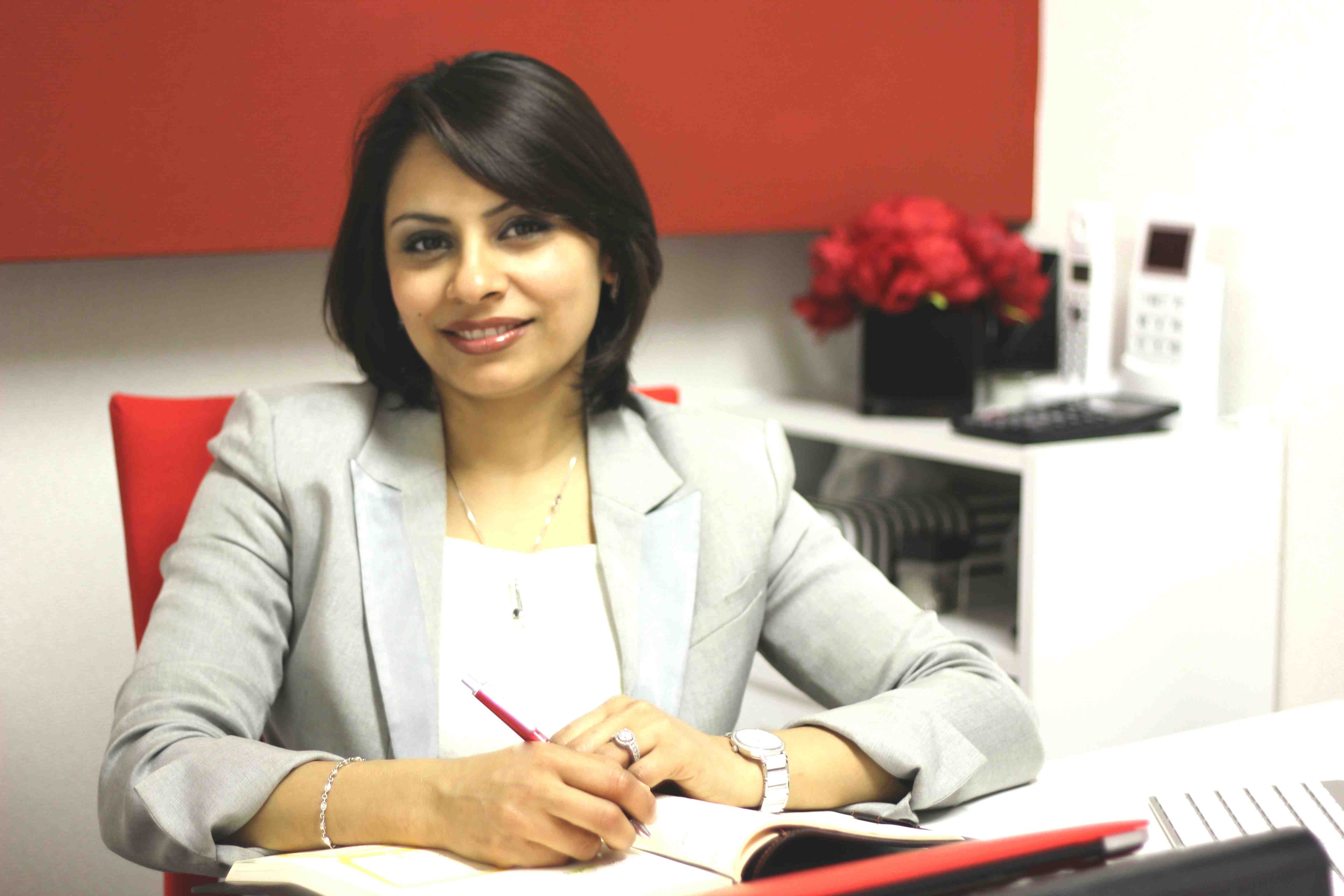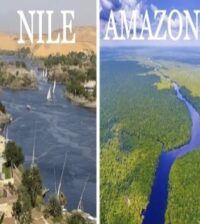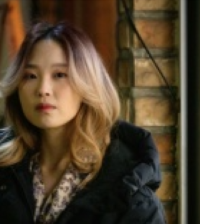- Belgium comes to Yamashita Park
- Residential Villa in Phuket Entices Remote Workers With Long-Stay Rates
- Rare pieces of French glass art at the Mirai Museum of Art
- Feast on fresh fish and seafood at the 2024 ‘Sakana’ Festival
- Would you like to ride in a Louis Vuitton gondola lift?
- Naked Snow Aquarium
- Festive lights at Yomiuriland will get you feeling the holiday vibes
Sunshine Kids Academy makes tuition affordable to support most families who want an international preschool program for their children
When it comes to learning progress, it all comes down to how much early literacy skills help or hinder learning.
James Heckman, Economist and Nobel Prize winner said,
“Early learning begets later learning. And early success breeds later success.”
Schools offering international preschool programs are becoming increasingly widespread in Tokyo as more and more parents see the long-term benefits of giving their children an early head start.

Shazia Kitahara, director of Sunshine Kids Academy
Sunshine Kids Academy first opened its first international preschool in Chuo ward in September 2014. 8 months on, the number of kids enrolled at the school has organically grown from 5 to 25 by May 2015 just by word of mouth.
Its Director and owner Shazia Kitahara who holds a bachelor’s degree in Early Childhood Education was a lead teacher and administrator at a small preschool before she decided to make full use of her talents and experience at her own school.
“I have worn many hats before opening Sunshine Kids Academy. I have also worked across several learning environments outside of the preschool industry. I have done play therapy, sports programs, and after-school tutoring,” proudly says Shazia.
For 3 years since 2010, she was a Financial Relationship Manager for the Hong Kong Shanghai Banking Corporation (HSBC), a job she gave up for her school project. Being a mother to a 2-year old, Kitahara admits, has even made her more passionate in making a difference in children’s learning journey.
“Through my years of teaching, and my experience in a few international schools within Tokyo, I’ve had so many ideas and visions about how children could learn. I felt the only way I could make my visions come true was to open my own school.”
Her vision to ‘create a place with a comprehensive curriculum, a fun and educational environment for kids, a school that was family friendly,’ has become a reality.
“When I made my vision come true, my next goal was to make it affordable for families who want their children to learn English but are unable to afford the fees at regular international schools in Tokyo. To me, international education costs should be fair and well within reach by families” explains the young school owner.
Sunshine Kids Academy offers various programs for preschoolers of different ages.
The school runs four classes: Dew Drops (8 months to 1 year old), Tinker Tots (1 to 2 years old), Rainbow (2 to 4 years old), and Super Stars (4 to 6 years old).
“Although the classes are grouped by age, we do not base a student’s enrollment/placement solely on their age. We also take into consideration their academic abilities and maturity,” adds Shazia.
On the subject of curriculum, she points out that the school uses a mix of different teaching strategies and methods.
“Our teachers come form different countries with varying backgrounds in teaching (Special Education, Montessori, etc.). With their collaboration, we have created a curriculum that covers many areas of learning that include, but are not limited to, regular academics: Math, Language Arts, and Science, and other learning areas of Fine & Gross Motor Skills, Social Skills, Health & Fitness, and The Arts.”
“We keep the teacher/student ratio low. In the Dew Drops & Tinker Tots classes, the ratio is 1 teacher for every 4 students. For the Rainbow class, it’s 1 teacher for every 6 students. The Super Stars ratio is 1 teacher for every 8 students. “
 Sunshine Kids Academy’s staff is ‘certified in many education fields such as Montessori, Special Education and Early Childhood Education.’ Some of its staff members have professional experience in yoga, art, and music, with one who is a Registered Nurse (RN).
Sunshine Kids Academy’s staff is ‘certified in many education fields such as Montessori, Special Education and Early Childhood Education.’ Some of its staff members have professional experience in yoga, art, and music, with one who is a Registered Nurse (RN).
“Although our teachers come from varying teaching backgrounds and countries, they all have the same goal: to make every student’s early education an enjoyable one. They greet all students cheerfully with a smile. They happily tell the parents, at the end of the day, what their child accomplished and other fun information about the day. Not to be cheesy, but our teachers put the “shine” in Sunshine Kids Academy. I cannot find any other way to describe my teachers,” says Kitahara.
When it comes to preschool education, core principals matter a great deal because children need a meaningful start.
“At Sunshine Kids Academy, not all children learn the same. Having the same teaching method for all ages in all classes is not productive for the early learners. The benefits of having a mix of teaching methods is that you are able to reach all learners (audio, visual, and kinesthetic),” clarifies Shazia.
“The school’s motto, ‘Where education is fun, and fun is education’ says it all. We do our best to make each child’s international early education a fun and educational experience.”
Are ELC programs academic or play-based?
For the younger students (Dew Drops & Tinker Tots), Sunshine Kids Academy’s program is mostly play-based. “However, each month, we use a thematic approach (ex: Sizes & Shapes). Every morning is circle time where teachers expose children to the calendar, weather, and season. Other activities include but not limited to learning the alphabet, watching a puppet show, reading a story, or learning some math done weekly,” explains the school director.
The program shifts to academic for older children with other enrichment activities. “The students have weekly lessons in Language Arts, Math, Science, and Social Studies. However, they also have free time on a daily basis in order to explore and learn in their own way. Other methods of exposing the children to learning are used, such as their weekly cooking lesson and their monthly Cultural Day activities. Children also have weekly dance/ballet lessons taught by a professional.”
Children safety
A good evacuation plan in times of a disaster in quake-prone Japan remains to be one of the most important concern of parents. “We do evacuation drills 4 times a year in order to keep our staff trained and help children remember what to do during an emergency. Kyobashi Park has been designated as our evacuation site by the Chuo Ward. We will stay at the park until parents arrive to pick up their child. In case of a tsunami, the procedure in place is to take the children up to the rooftop of the building,” reassures Kitahara.
There are 3 emergency bags on standby at the school for kids which the teachers carry in such a situation. According to the school director, the bags contain water and emergency food. “If, by chance, a Tsunami alarm goes off while we are at the park (during an earthquake evacuation), or on our way to the park, our procedure is to enter the nearest sound building and go up to the top floor. We contact parents if any of the plans/locations change. In case of a fire, one staff member calls the fire department while the rest of the staff get the children out of the building,” adds Kitahara.
Classrooms/learning materials
SKA classrooms are sunny, neat, well-secured and its ambience support the learning environment of kids. According to Kitahara, the school uses a variety of teaching methods and materials that aid students in learning at their own pace and convenience. The children are provided with many opportunities to explore, and to discover their world. A typical day-to-day activity includes walks to the park, free play in-between other activities, story time, arts & crafts, music and dance classes. These activities, Kitahara added, allow students to free their minds and to express themselves openly.
 Language
Language
One of the benefits of an international education is exposure to a diversity of culture and languages. Some misconceptions parents have is that the child has to have reached English fluency before they enroll or he/she will find it difficult to catch up with his/her peers. “With little to no English, a child may have a little difficulty coming into a wholly English environment. However, every child will learn English naturally when the environment is relaxed, structured, fun and educational with teachers who enjoy teaching, ” explains Kitahara. A usual pattern, she continues, “is that all of our non-English speaking students show signs of English comprehension within the first month and by the end of the school year, the children gradually become participatory, singing songs, playing with their peers and engaging in English communication with teachers.”
Tuition fees
While many schools in Tokyo find offering families lower tuition fees challenging, Sunshine Kids Academy does not. “Why should international education cost so much? Sunshine Kids Academy was started to provide quality international early childhood education for families seeking the same for their child. My main goal when I first opened the doors of my school was to make tuition affordable so that families who normally could not afford an international education would be able to do so. International education should be available to all, not just those who can afford it,” says Kitahara.
Sunshine Kids Academy is unstoppable in its mission of providing affordable international education to all who wish to benefit from it. Shazia Kitahara hopes to open two or more branches around Tokyo to serve more families who, up until now, have been disappointed by cost-prohibitive fees at most international schools..
Sunshine Kids Academy is a minute walk from Shintomicho station’s exit 1, 3 mins walk from Tsukiji (exit 4), and 5 mins walk from exit 5 of Higashi Ginza station by Hibiya line.
For more information, check the school’s website and arrange an appointment.

















